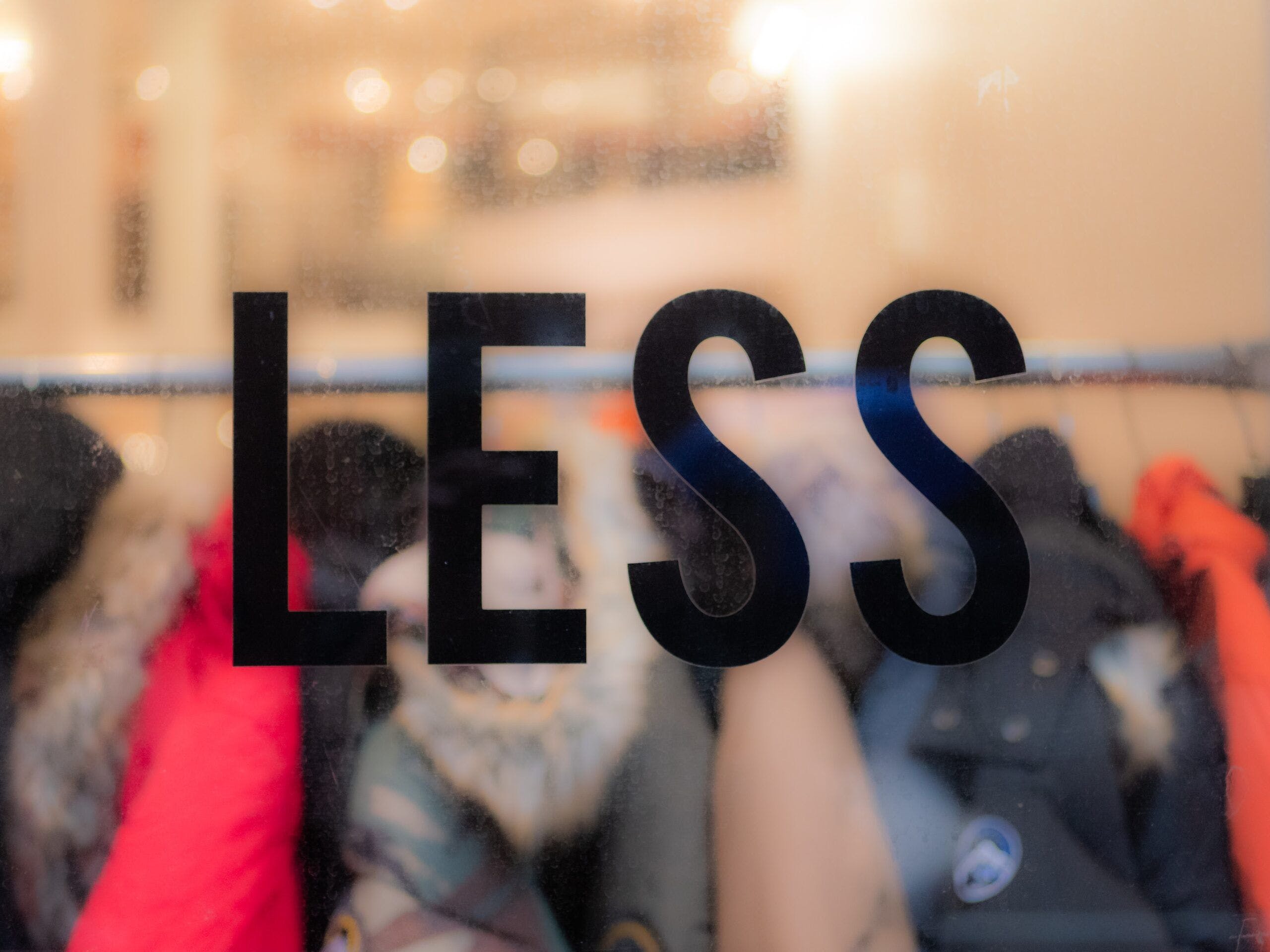The COVID-19 pandemic capsized the global fashion industry and closed retailers and manufacturers temporarily across the globe. The buyer rolled over to the WWW, but even then, quantities were limited and deliveries were delayed. From reforming advertisement methods to securing fashion brands, fashion brands revolved, worked-out, and collaborated to avoid permanent damage.
The travel restrictions, store closures, and social distancing norms have put a fine dent in sales worldwide in the fashion industry. Just as turbulent may be the impact, the virus is having to make disruptions in worldwide fashion supply chains. Whether it is the fashion industry or some other sector, the consumer holds the primacy. The nation-wide lockdowns and quarantines made a significant impact on in-person shopping from slowing-down gravely to eventually stopping, with time frame subjected to the territory. The in-store shopping for apparel, accessories, and footwear was limited. The fashion brands or stores like Larizia which were offering online shopping were better-off in capturing sales. Some even offered curbside pick-up, just like diners.
The desperate urge to move products because of diminished sales graph contributed to the falling prices of goods. Even though great buying deals were available for consumers, yet, the rising unemployment diminished the buying capacities. The COVID-19 pandemic triggered a bracket of dreadful events, especially for the fashion industry. It all began with the closure of Chinese apparel factories. Then, the virus spread across the globe, malls and retail outlets canceled their manufacturing orders. And these canceled orders now threatens the manufacturing factories, raw material suppliers, and several other related industries. The retailers are shutting across the globe, encouraging customers to the WWW route. Fashion is not only created in factories.
Rather, it is artisanship, craft, and hand-made products created in informal environments. Did you know, artisanal craft products are the second-largest source of employment in developing nations? With the pandemic threatening trade flows across the globe, workers, craft-based communities, agricultural workers, and farmers witness distressed economic situations.
The supply chain distress vividly describes how dependent this sourcing supply chain is on each link in it. The global fashion industry (manufacturing and supply) is now struggling to evaluate and figure on how to keep parts of the supply chain sound, so there is still a solid working chain and a hearty fashion industry when the COVID-19 pandemic is put to rest.
Fashion Brands Revolved Totally
Who knew, the only fashion trend in the year 2020 would be face masks, a total shift in the fashion industry plot for 2020. The nationwide lockdowns and quarantines ensured that were no fashion events (runway shows, trade shows, etc), which means revenue cut-down for major fashion brands. There is a huge shift, factories that we’re producing fashion clothing are now manufacturing face maks.
**The need of the hour is a combined pivot of the fashion industry worldwide to prepare for business post-COVID-19. The retailers must mutually agree to stint the timing of the apparel retail. Rather than marking down the prices of fall clothing while it is still cold, merchandise it at full price through the season, and mark it down when fall ends.
E-commerce portals like Larizia, which were earlier curating the best fashion collection must advertise for comfy clothes.
Work-it out jointly
Many Fashion brands have discovered that their contracts cover the Act of God Clause, which means they have an allowable reason to cancel a contract. In the spirit of making the global fashion industry healthy again, fashion brands must offer alternatives such as discounts, delayed product deliveries, etc to the retailers who are canceling orders. The continued cancellations from the retailers can be fatal to the fashion industry infrastructure. Because if the revenue is cut-down to suppliers (factories and designers), they won’t be able to strengthen the production and meet the demands when needed, a void between demand and supply will be created.
Collaborate
If nothing else, when this COVID-19 pandemic is put to an end, the global industry with definitely remember who behaved how during the times of the crisis. If lost, good books are something you cannot earn back easily. And those who planned to rat-out of agreements in time of crisis may encounter faith issues going forward. A strong collaboration between raw material providers, manufacturers, and retailers is the need of the hour to help the global fashion industry flourish again.


Comments are closed.